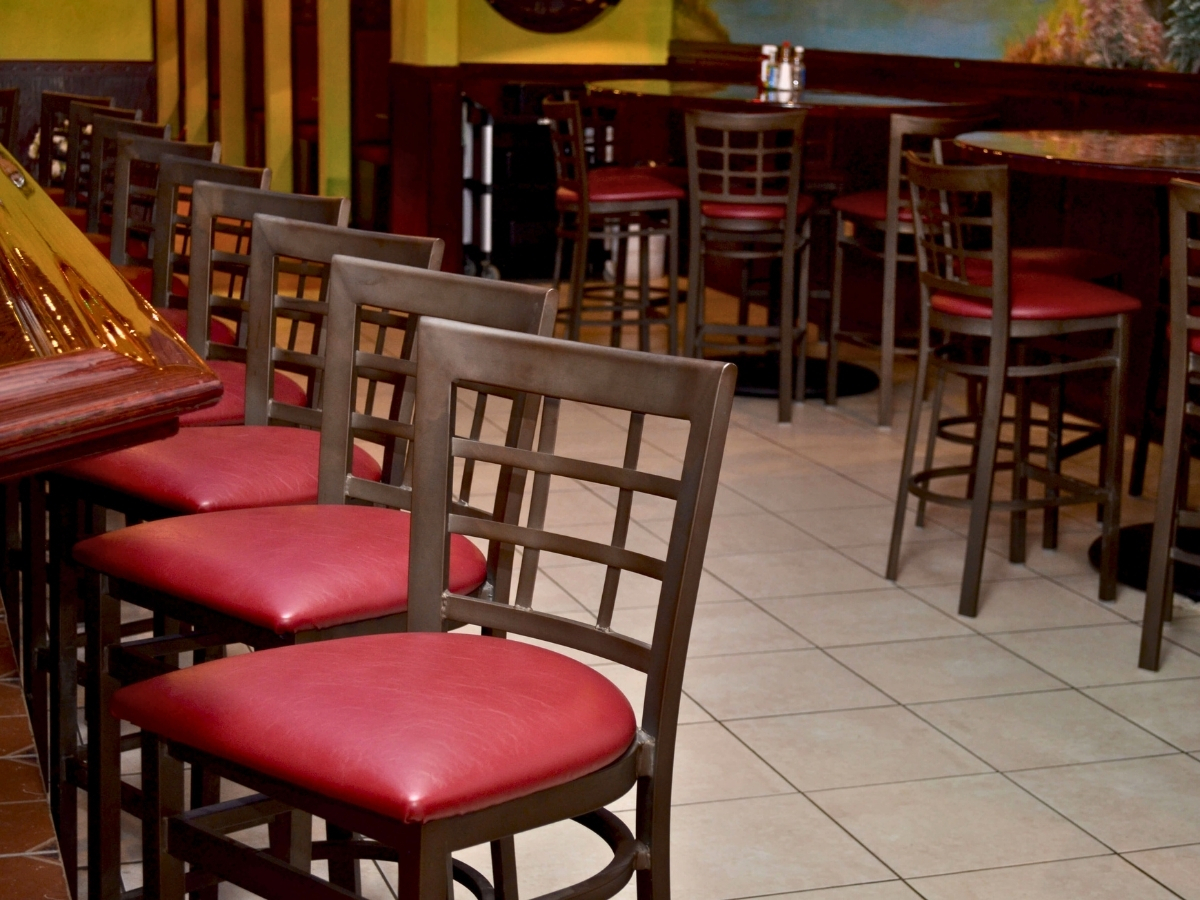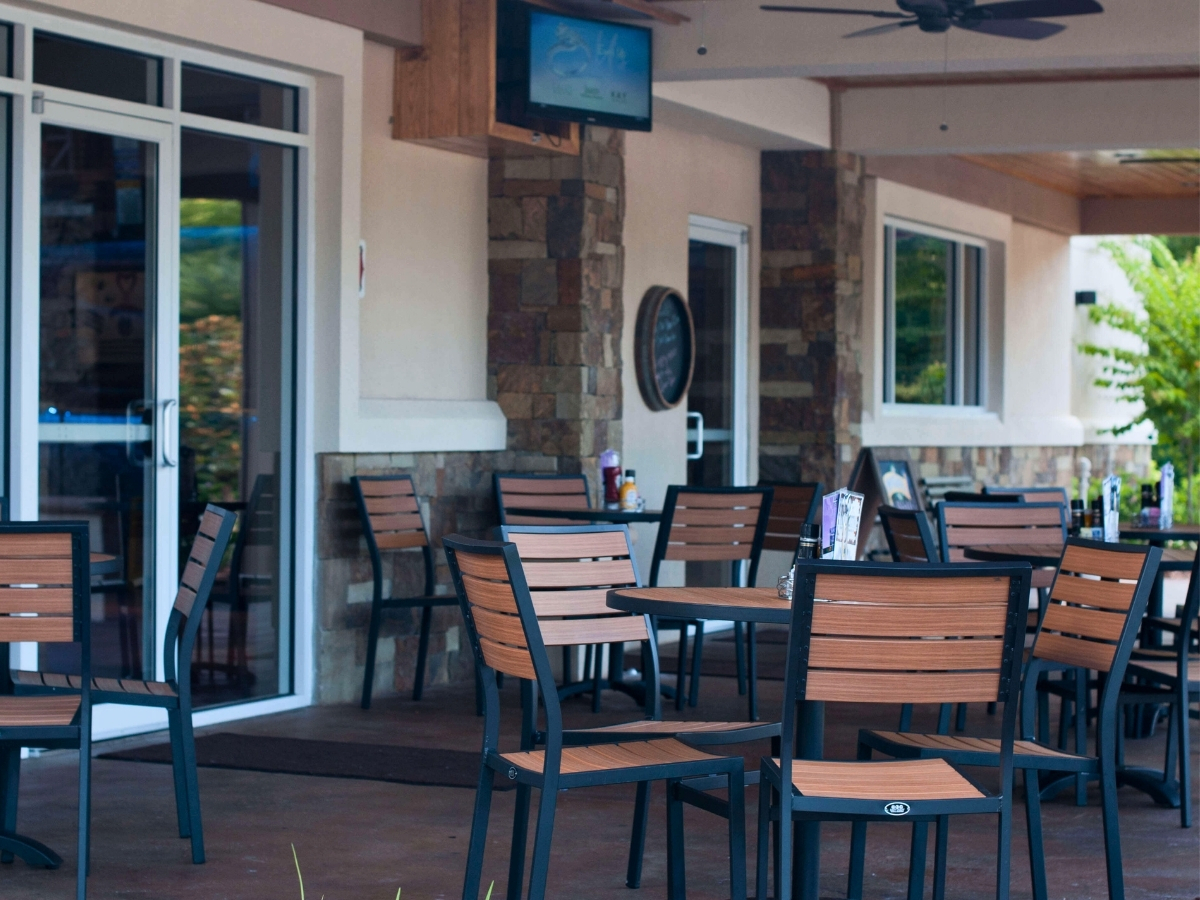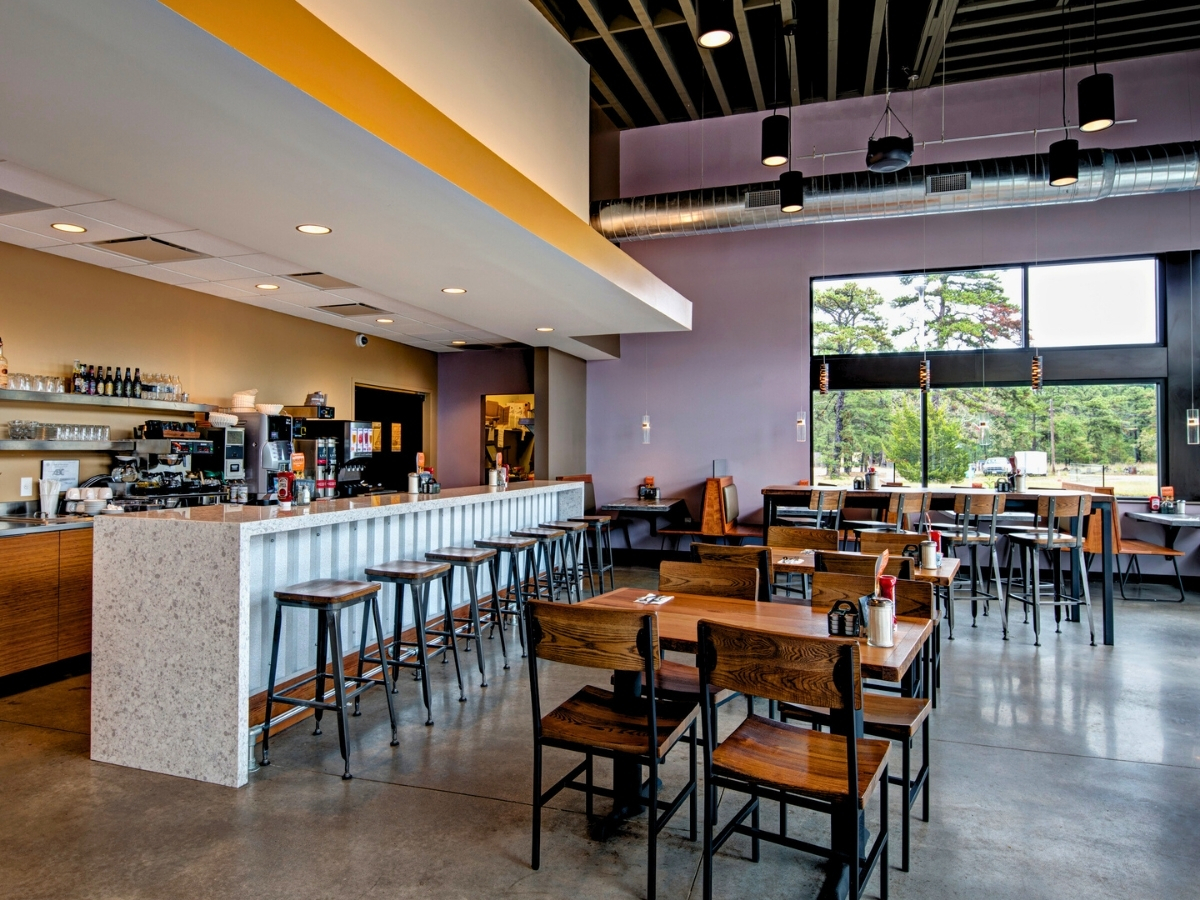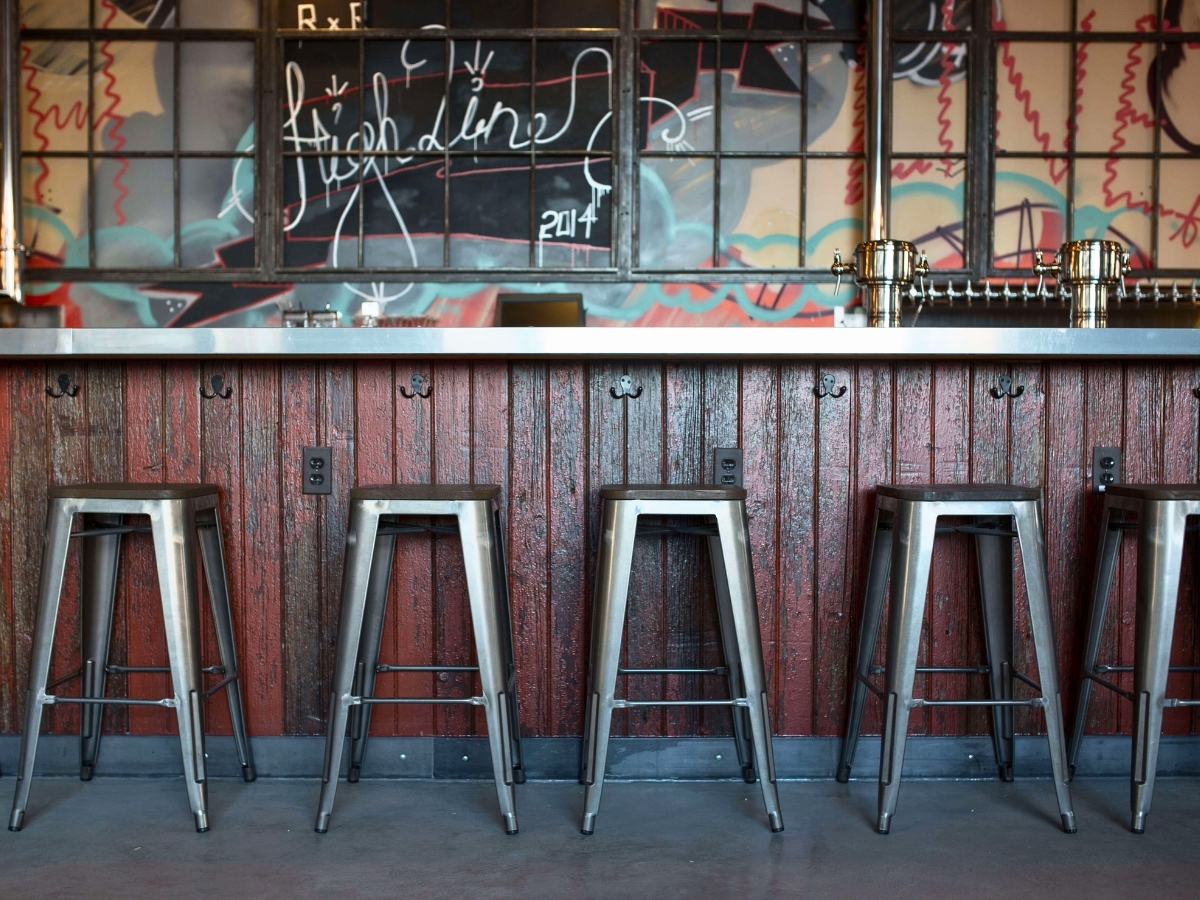At the beginning of each year, it’s exciting to think about what it will bring. For those in the restaurant industry, staying current with predicted trends isn’t only about excitement, but also the need to stay relevant and competitive in a cutthroat industry. Two popular companies that provide the latest trends in the industry each year are Technomic, a food research and consulting firm, and the National Restaurant Association, a national food service trade association. Both have published their lists for what they expect the food and menu trends to be for 2016. Here is a summarized version of both reports, in addition to a few up and coming trends based on our conversations with restaurant owners nationwide.
Snacks versus full blown meals
In today’s fast paced world, grabbing a snack is much more efficient than sitting down for a full blown meal. It seems as if everyone is always on the go, being pulled into many different directions throughout the day at work and at home. In fact, according to Technomic in their study on snacking, 51% of today’s consumers say they snack at least twice a day with a third of consumers saying that they snack more frequently than they did just two years ago. 45% even reported that they replace one or two meals a day with a snack. In addition to this increase in snacking, consumers are changing their idea of what they consider a snack. The report found that innovative, healthy and easily portable snacks, in variety, are what consumers want. MCDonald’s snack wrap, Uno Chicago Grill’s house made guacamole and chips, Houlihan’s pot roast sliders, and P. F. Chang’s steamed shrimp dumplings are all great examples of this.
Technomic suggests offering snacks driven by savory flavors with high protein, or ones that are sweet and spicy. With snacking on the rise, offering these items could be a great way to drive traffic into your restaurant and increase your sales.
High quality fast food
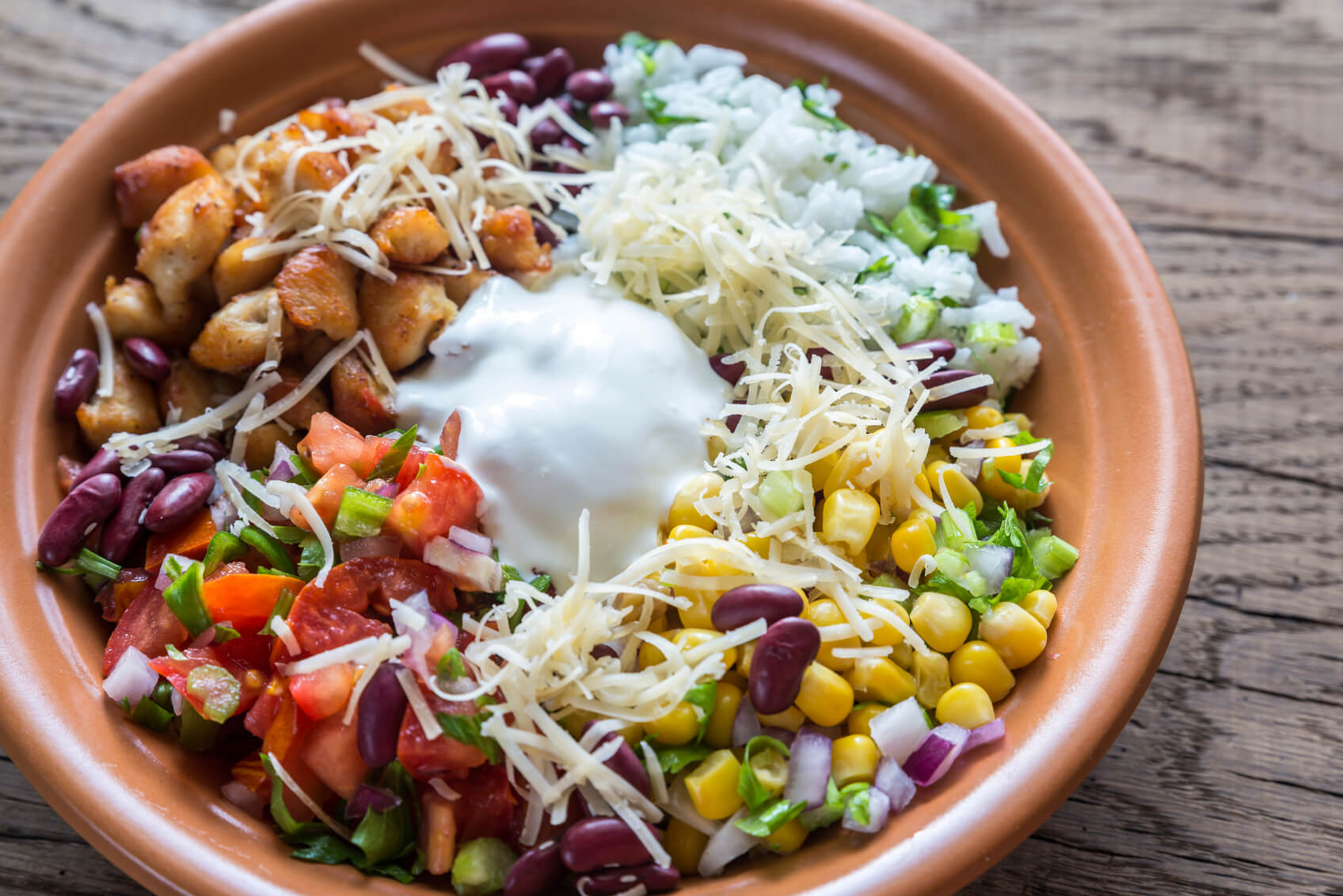
With the popularity of fast-casual restaurants making a huge impact on the restaurant industry, customers have now been exposed to higher quality ingredients like locally sourced produce and hormone-free meats that they can get quickly at a reasonable price. Places like Panera Bread, Rubio’s Fresh Mexican Grill, Firehouse Subs, and Chick-fil-A are all examples of restaurants already offering these quality ingredients to the public with a short time from order to table.
According to the United States Department of Agriculture, American adults are choosing healthier foods. People are making better use of the Nutrition Facts Panel found on most food packages and serving up meals at home versus eating out to achieve this. If your restaurant can respond to these new healthier desires by offering more nutritious foods, your customers may be enjoying dinner in your dining area instead of their own.
Shrinking menus
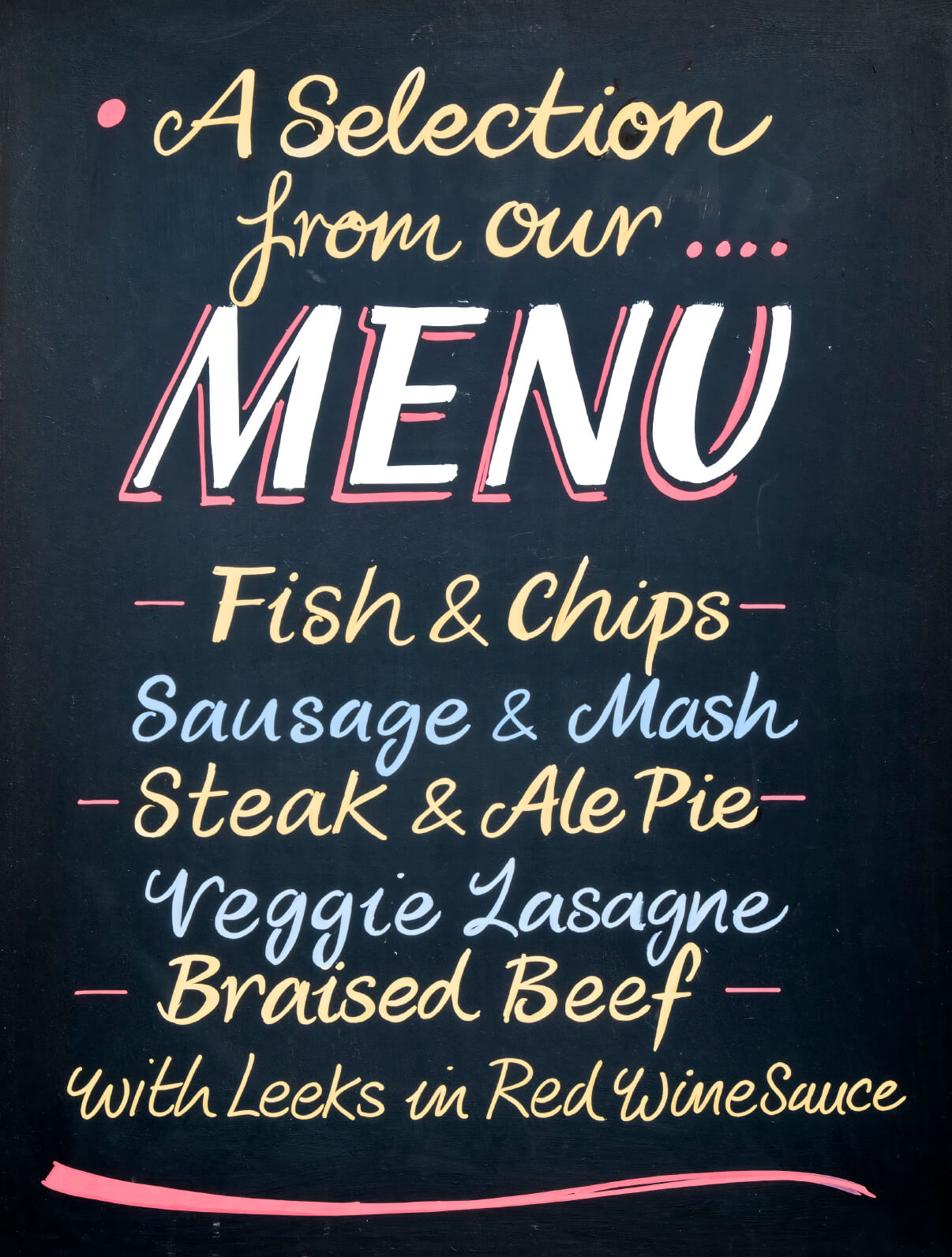
Instead of having a wide variety of menu items to choose from, the trend is moving toward offering a smaller menu with items. According to Technomic, 7.1% of the top 500 restaurant chains have dropped the number of items on their menu. 9% of those drops are in entrees, 8% in appetizers, and 7.5% in desserts. Take Chik-fil-A for example. The company released this statement when they recently removed their famous coleslaw from the menu; “We know many of our customers love our coleslaw, yet we have also heard from them they are looking for new tastes and healthier ways to eat in our restaurants. To provide this variety means we will occasionally have to remove items from our menu.”
Here is why a smaller menu is worth the cuts: less is more. Having less items on your menu gives your customers better quality dishes, faster service, and hotter food. Customers are then happier because restaurants can do a better job with their most popular items. It’s almost like offering your own list of specialty items that customers come to your restaurant and only your restaurant to eat. In addition, restaurants are able to cut costs by cutting food bills and creating less food waste.
Even though trends are moving towards the shrinking menu, it’s not recommended that your take your four page menu and cut it down to one. You surely don’t want to shock your customers with drastic changes. Try making a slow transition by first taking items that aren’t so popular off of your menu. Work your way down, over time, to only offering a few appetizers and salads, a handful of main entries that you are good at and popular with your customer base, and a few desserts to top it off. Small changes, a little at a time, are all you need to fit in with this trend, if it is what will work best for your particular restaurant.
Ethnic flavors
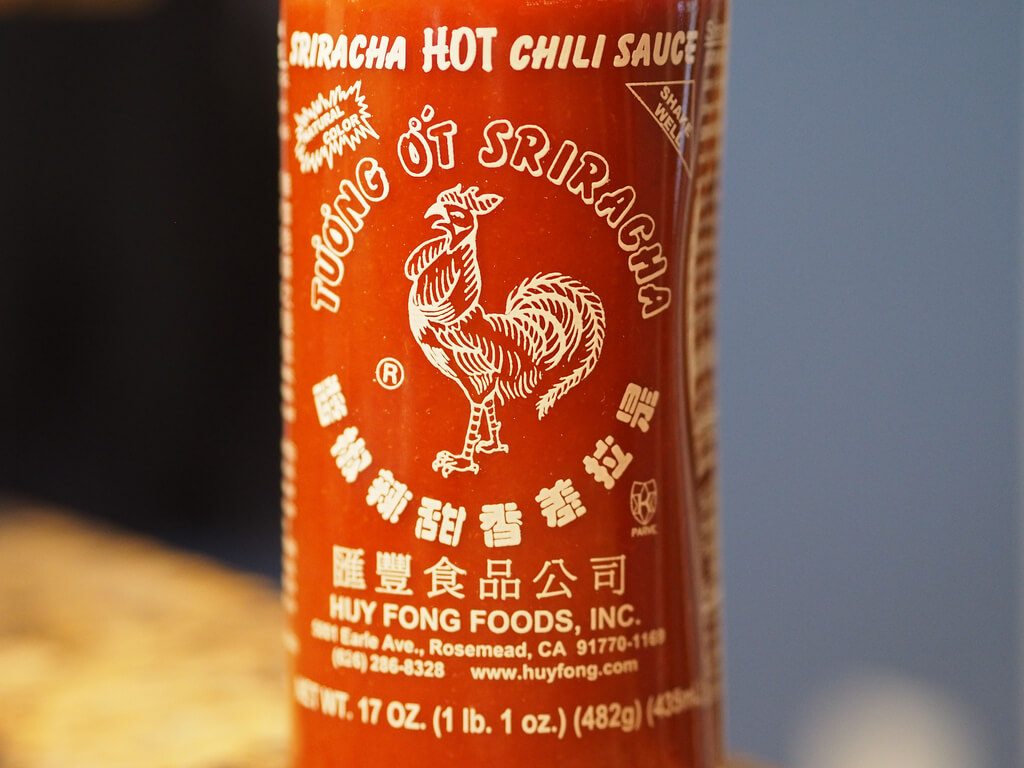
Ethnic flavors are growing in popularity since Sriracha sauce became a savory phenomenon in the restaurant industry. In fact, Technomic reports that 77% of consumers purchase ethnic foods and flavors at least once a month. Chefs across the nation are incorporating more ethnic flavors into their menu and looking for that one unique blend to take the industry by storm. Flavors like ghost pepper from India, sambal from Southeast Asia, gochujang from Korea, and harissa, suman and dukka from North Africa are likely to make their entrance this coming year. In addition, African flavors and Middle Eastern flavors have gained popularity over this year and are likely to continue in that path. Incorporating these flavors into your current menu offerings is a great way to introduce them to your customers.
Fresh and local sourcing…to be continued

Articles and research in the restaurant industry over this past year have talked a lot about how important it is to buy locally with minimal processing. This trend is going to continue into this upcoming year because chefs want locally sourced meat and seafood as well as locally grown produce to make their customers happy. The National Restaurant Association says local sourcing has been gaining momentum for several years and is influencing the culinary scene on a national level. They also state that this comes from the fact that today’s customers want to know where their food comes from and are willing to pay a little bit more to have that knowledge. Paired with the fact that the United States Department of Agriculture says that adults are choosing healthier food options, it looks like local sourcing is a winner-winner, “hormone free” chicken dinner.
Wages and tipping

There is a heated debate in the restaurant industry surrounding the idea that minimum wage needs to be raised. Places like New York City and San Francisco have already seen these changes and there’s no telling how if, or how quickly, the rest of the country will follow suit. While looking at this debate, a new topic is coming to the forefront: tips. If restaurant owners are going to be required to pay a higher hourly rate for their employees, is tipping still necessary? Employees who have always gotten tips will likely agree that tips are necessary while employers who pay the increased wages will not. While the answer to this question depends on who you ask, it’s a topic that is of great concern to all involved
A more positive approach on the topic of eliminating tipping focuses on equal compensation with each employee seen as a key player on the restaurant’s team. Danny Meyer, the founder of Shake Shack, is at the forefront of this stance. He is eliminating tipping in his restaurants and pairing it with higher wages. This does mean a rise in menu prices but the cost to customers will not change as drastically as one may think. From this, employees gain a wage structure that is fair for every employee who is a part of each customer’s restaurant experience and it provides more of a living wage, rather than dependence on tips. With 11 million workers in the restaurant industry, this structure could surely help to professionalize restaurant jobs and ensure equal compensation.
As a restaurant owner, your best bet with the minimum wage saga will be to stay current with national and state legislation in order to anticipate the changes that will need to be made if your area is affected. A great resource for information on the minimum wage debate is the United States Department of Labor.
Automation
Automated restaurants help owners keep employment costs down and quality up. In response to the intense debate about minimum wages and its implementation, restaurants are starting to look at technology to assist with automating orders, payment, and food preparation to save on labor costs. Some already have. Actually, if this debate fails and minimum wage isn’t raised, restaurants will still be incorporating these technologies. Why? Restaurants are finding that by doing so, it makes processes simpler and faster. Automation is a term that can have many meanings for restaurants. For some it may mean incorporating iPads for ordering and payment; for others, it may mean full blown robotics. Whatever the case, you may find more restaurants in this coming year that are incorporating some kind of automation to make their processes more effective, to control their costs, and to minimize the costs of human employees to complete tasks. For more information on this topic, check out one of our previous blog articles called Automation in the Restaurant Industry.
Hard and Soft Design
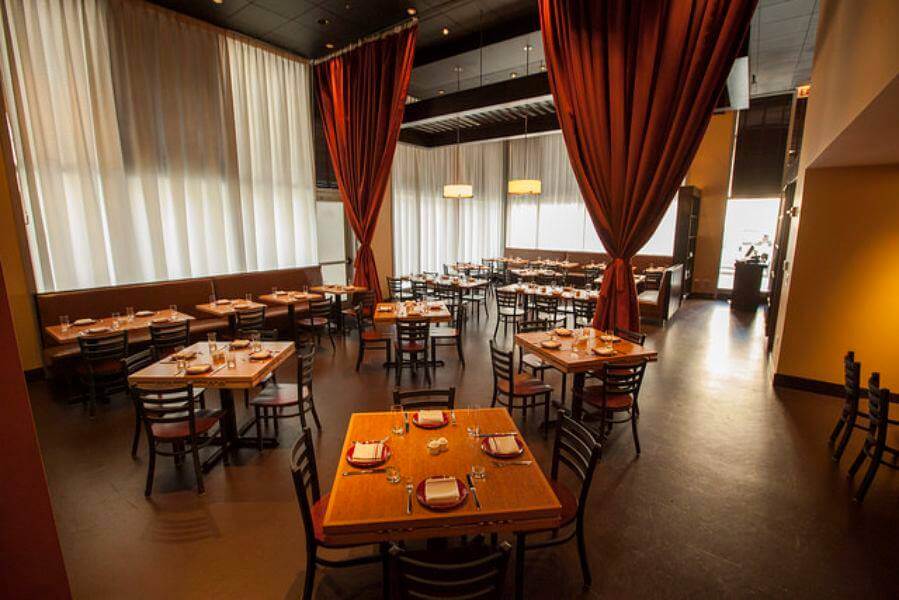
Previous years have brought about the concept of industrial-rustic design. Taking steel chairs and pairing them with refinished wood table tops in addition to pendant lighting, brick walls, and concrete floors has become quite a popular design theme. It still is. But, some restaurants are now pairing this hard industrial theme with softer items: softer lighting, flooring, and colors through curtains, upholstery or vinyl seats, and even on the walls. These softer elements bring about the less stark feeling that restaurant owners are trying to stay away from to offer a more inviting and comfortable atmosphere. You may have even entered a newer Burger King or Wendy’s and noticed upholstered furniture. This new design idea isn’t an established “trend” that is taking the nation over by storm, but it’s definitely a concept that is growing in popularity and will continue to over this coming year.
Restaurant owners need to know what trends are shaping the industry. Responding to these trends are important to staying relevant and competitive. If you’re willing to conform to new and upcoming ideas while staying true to your brand, you will have a better chance of staying in forefront of the industry in this grand new year.



